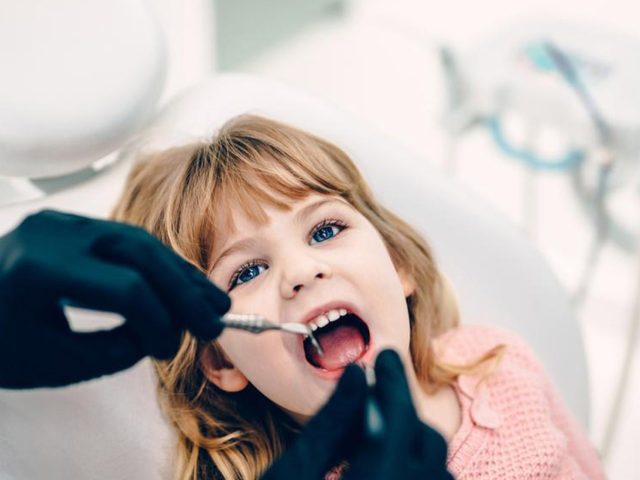

Pediatric Dentistry
Pediatric dentistry is a branch of dentistry in which studies are carried out for the dental health, dental treatment, and protection of our children between the ages of 0-15. This department is also called pedodontics. Dentists who work in the branch of dentistry that studies and work on oral and dental health and treatment of children at the age of development are called Pedodontists.
Oral and Dental Health in Children
Children’s mouth structures are much different from adults. Due to these different dynamics in children, it is very important to have a separate branch of dentistry that deals only with children and their dental health. That’s why pedodontists, because of the training they receive, work as dentists who are devoted only to pediatric oral and dental health.
In addition to standard dentistry education, pedodontists also receive training in child psychology for at least 4 years after graduation. They continue their services with the education they receive on the growth and development of children. The duties of the pediatric dentist include dental caries treatment, tooth extraction, and fractures in the teeth. In addition, dental surface cleaning, oral and dental health education, fluoride applications to the tooth, covering the tooth surface with caries protective materials (fissure tooth vaccine), placeholder applications and many other treatments are the duties of the pediatric dentist. But the primary goal of pediatric dentistry is to help children have decay-free teeth.
Dentists take care of children with systemic diseases who need special care, as well as healthy children. Individuals with physical or mental disabilities also benefit from treatment and follow-up services within the scope of pediatric dentistry examination.
Working Scope of Pediatric Dentistry
The development, care, and treatment of primary and permanent teeth of individuals aged 0-15 is the main field of study of pediatric dentistry. Other pediatric dentistry services.
-Preventive procedures for dental caries,
-Treatments of decayed teeth,
-Treatment and restoration of decayed deciduous teeth,
-Tooth extraction for teeth that can no longer be treated,
– Ensuring the proper formation of the dentition,
-Tooth eruption and dentition follow-up,
-Orthodontic treatments with a priority of preventive protection,
-Applications such as identification and treatment of gum diseases seen in childhood are included.





